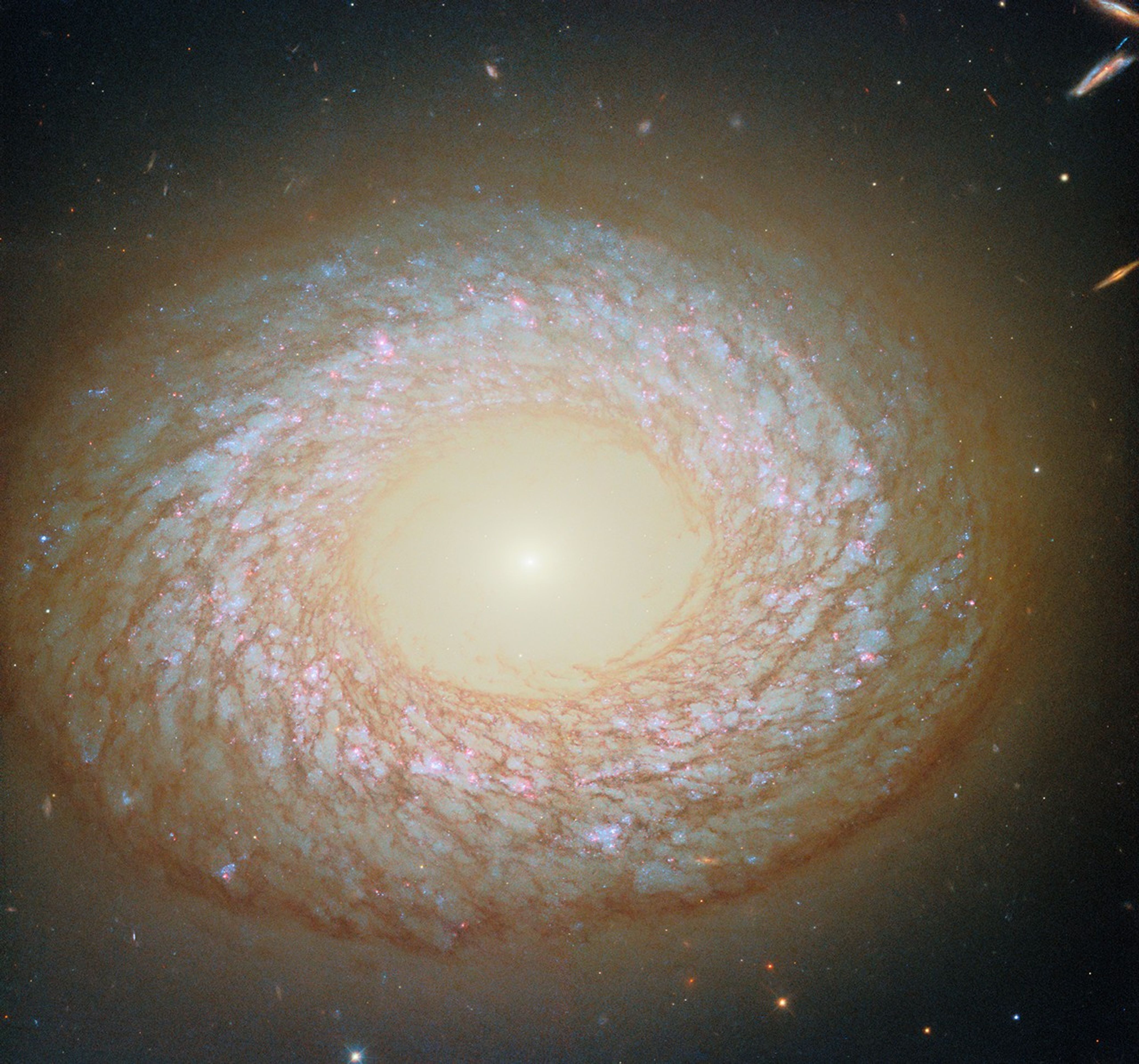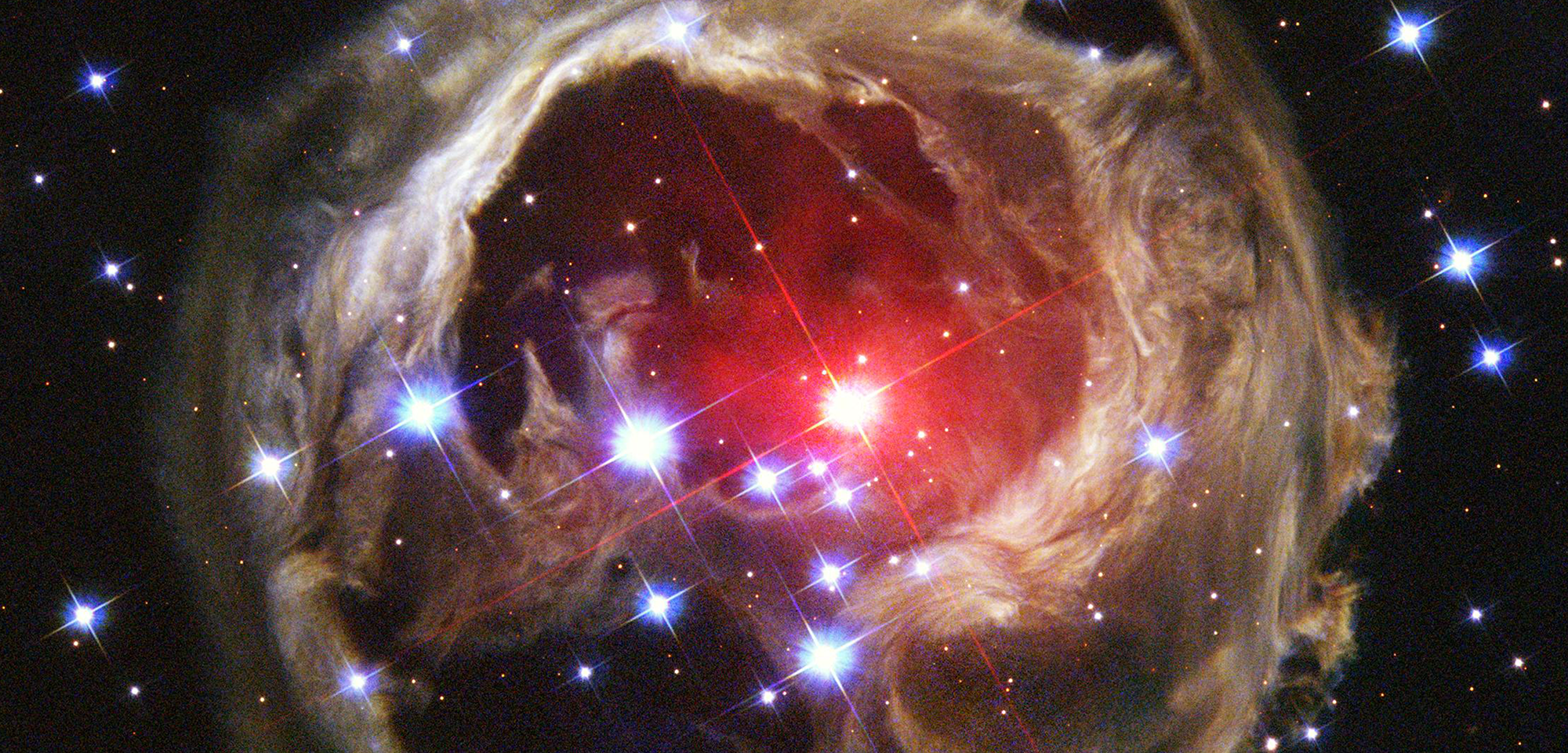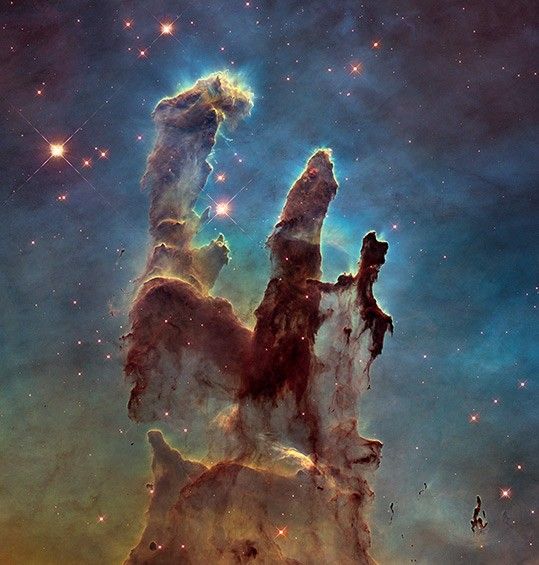Hubble Captures Puzzling Galaxy
- Hubble Space Telescope captures an image of NGC 2775, a galaxy that’s hard to categorize as either spiral or elliptical due to its unique features.
- The galaxy has a smooth, featureless center and a dusty ring with patchy star clusters, which could indicate it merged with other galaxies in the past.
- Astronomers classify NGC 2775 as a flocculent spiral galaxy, characterized by poorly defined, discontinuous arms that are often described as “feathery” or “tufts” of stars.
- The new Hubble image adds observations of a specific wavelength of red light emitted by clouds of hydrogen gas surrounding massive young stars, helping astronomers better define where new stars are forming in the galaxy.
- NGC 2775 is located 67 million light-years away in the constellation Cancer and has been studied extensively by the Hubble Space Telescope since its launch in 1990, providing valuable insights into the formation and evolution of galaxies.
2 min read
Hubble Captures Puzzling Galaxy
This NASA/ESA Hubble Space Telescope image features a galaxy that’s hard to categorize. The galaxy in question is NGC 2775, which lies 67 million light-years away in the constellation Cancer (the Crab). NGC 2775 sports a smooth, featureless center that is devoid of gas, resembling an elliptical galaxy. It also has a dusty ring with patchy star clusters, like a spiral galaxy. Which is it: spiral or elliptical — or neither?
Because we can only view NGC 2775 from one angle, it’s difficult to say for sure. Some researchers classify NGC 2775 as a spiral galaxy because of its feathery ring of stars and dust, while others classify it as a lenticular galaxy. Lenticular galaxies have features common to both spiral and elliptical galaxies.
Astronomers aren’t certain of exactly how lenticular galaxies come to be, and they might form in a variety of ways. Lenticular galaxies might be spiral galaxies that merged with other galaxies, or that have mostly run out of star-forming gas and lost their prominent spiral arms. They also might have started out more like elliptical galaxies, then collected gas into a disk around them.
Some evidence suggests that NGC 2775 merged with other galaxies in the past. Invisible in this Hubble image, NGC 2775 has a tail of hydrogen gas that stretches almost 100,000 light-years around the galaxy. This faint tail could be the remnant of one or more galaxies that wandered too close to NGC 2775 before being stretched apart and absorbed. If NGC 2775 merged with other galaxies in the past, it could explain the galaxy’s strange appearance today.
Most astronomers classify NGC 2775 as a flocculent spiral galaxy. Flocculent spirals have poorly defined, discontinuous arms that are often described as “feathery” or as “tufts” of stars that loosely form spiral arms.
Hubble previously released an image of NGC 2775 in 2020. This new version adds observations of a specific wavelength of red light emitted by clouds of hydrogen gas surrounding massive young stars, visible as bright, pinkish clumps in the image. This additional wavelength of light helps astronomers better define where new stars are forming in the galaxy.
Media Contact:
Claire Andreoli (claire.andreoli@nasa.gov)
NASA’s Goddard Space Flight Center, Greenbelt, MD





